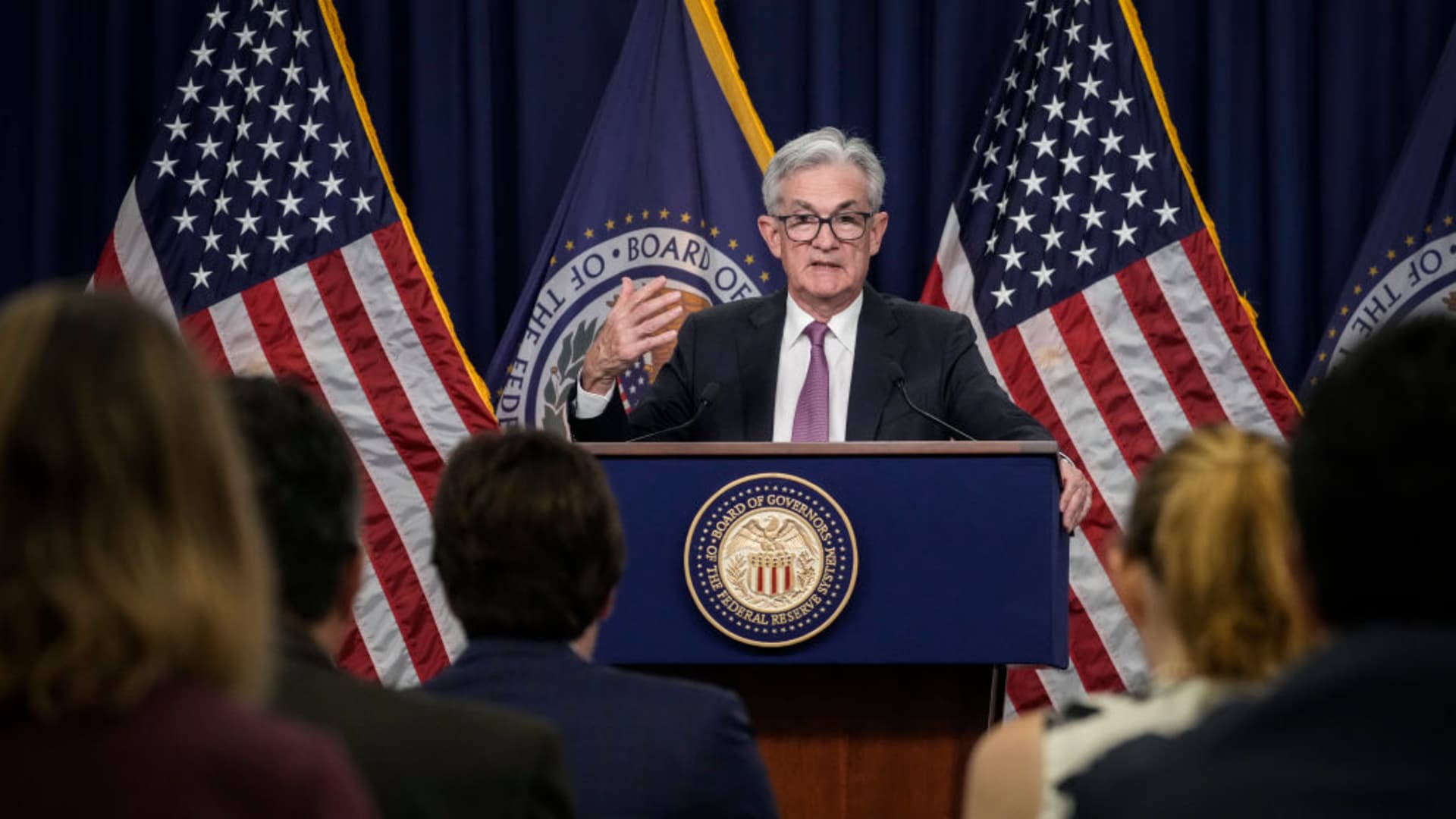
Inflation went down faster than expected in October, dropping to a year-over-year rate of 7.7%, according to new Labor Bureau data published Thursday morning.
Inflation is down from its 9.1% June year-over-year peak, but still nowhere near the Federal Reserve's benchmark target rate of 2%.
Last month, prices for goods and services increased by 0.4%, which lines up with what big banks and economists were expecting. However, core inflation — which measures all items except volatile food and gas prices — came in lower than expected, with a 0.3% monthly increase. Many big banks expected core inflation to increase by 0.4% or 0.5%.
Despite beating expectations, inflation remains high, with the cost of necessities posting steady gains.
"The pervasiveness of price increases remains problematic," says Greg McBride, chief financial analyst at Bankrate. "In categories that are necessities — shelter, food, and energy — we continue to see large and consistent increases. Any meaningful relief for household budgets is still somewhere over the horizon."
The costs for gas, food and shelter continue to rise due to a variety of factors, including supply chain issues, labor disruptions and other events like the war in Ukraine.
Shelter accounts for over half of the overall monthly increase, rising 0.8% after steady gains of 0.7% in the two previous months. Energy prices surged in October with the price of gas up 4% and fuel oil surging 19.8% after declining the previous month.
Here's how much prices have increased over the past year for certain household goods and services, according to the Labor Department:
- Airline fares: 42.9%
- Gas: 17.5%
- Bread: 14.8%
- Electricity: 14.1%
- Food at home: 12.4%
- New vehicles: 8.4%
- Food away from home: 8.6%
- Used cars and trucks: 2%
- Shelter: 6.9%
- Medical care services: 5.4%
- Apparel: 4.1%
Rate hikes will continue as long as inflation remains high
Even with inflation decreasing more than expected, continued interest hikes are expected going into 2023. The Federal Reserve uses interest rate hikes to discourage spending, but hikes also increase debt costs for consumers, which affects how much people pay for loans and financing.
But rate hikes don't affect prices right away. They have a lag effect that can last several months, if not years, based on who you ask. This might explain why inflation has hovered around 8% for most of the year, despite all the interest rate increases since March.
Most observers expect the Fed to implement a 0.5 percentage point hike when it meets in December. With better-than-expected inflation numbers this month, it's less likely that the Fed will implement its fifth consecutive "jumbo" hike of 0.75 percentage point since the Fed began raising rates in March.
Want to earn more and work less? Register for the free CNBC Make It: Your Money virtual event on Dec. 13 at 12 p.m. ET to learn from money masters like Kevin O'Leary how you can increase your earning power.
Sign up now: Get smarter about your money and career with our weekly newsletter
from "price" - Google News https://ift.tt/gLWU1oP
via IFTTT
No comments:
Post a Comment